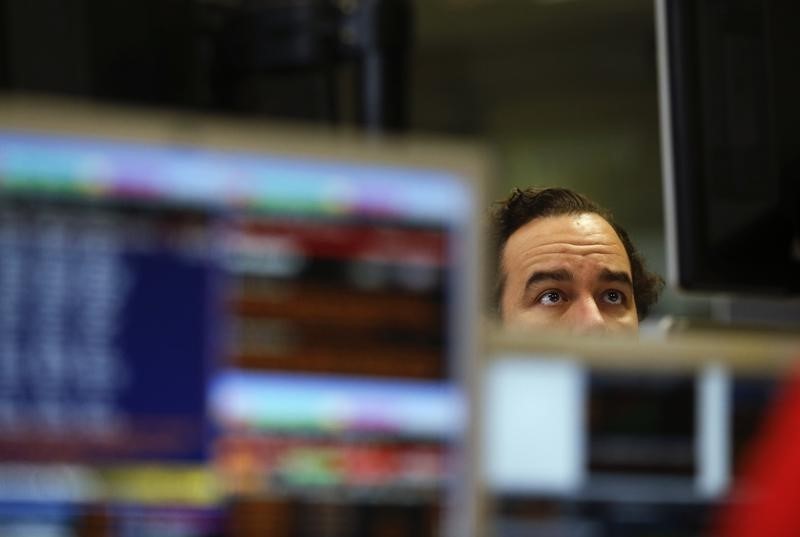This post was originally published on this site
https://i-invdn-com.akamaized.net/news/LYNXNPEC3B0CQ_M.jpg © Reuters. Low Rates Could Get Even Lower, Senior Central Bankers Warn
© Reuters. Low Rates Could Get Even Lower, Senior Central Bankers Warn(Bloomberg) — The already low level of interest rates in the U.S. and the rest of the industrial world could fall further, three senior central bankers said on Sunday.
Speaking at the American Economic Association’s annual meeting, Federal Reserve Bank of New York President John Williams (NYSE:), European Central Bank chief economist Philip Lane, and Bank of England Deputy Governor Ben Broadbent all saw a possibility that so-called R star — the neutral level of interest rates that neither spurs nor restricts growth in their economies — might drop in the future.
“You could see R star go lower because of demographics,” Williams told the audience in San Diego.
Estimates of R star vary widely. Fed policy makers generally peg it at about 2.5% for the short-term federal funds rate that the U.S. central bank targets. The neutral rate in the euro area and Japan is commonly thought to be lower.
A variety of structural forces — aging populations and sluggish productivity growth among them — are reckoned to have been pushing down the neutral rate in industrial countries for years. That “doesn’t rule out a scenario where it gets even lower,” Lane said.
While admitting that’s possible, Broadbent voiced hope that equilibrium rates would rise back to levels that have prevailed historically. “I do hope that over the next decade or two” that might happen, he said.
Williams, who’s spent much of his career studying the concept of R star, cast some doubt over that optimistic view.
“There are many stages of grief” experienced by economists and policy makers who’ve been forced over the years to grudgingly accept the downward trend in interest rates, Williams said.
Fusion Media or anyone involved with Fusion Media will not accept any liability for loss or damage as a result of reliance on the information including data, quotes, charts and buy/sell signals contained within this website. Please be fully informed regarding the risks and costs associated with trading the financial markets, it is one of the riskiest investment forms possible.

